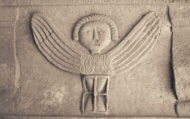|
The Moray Burial Ground Research Group |
 |
|||||
|
|
|
|
|
|
|
|
|
|
|
|
|
|
|
|
|
|
Request Free Quote for full MI Transcripts/Photos or Publications |
|
||||